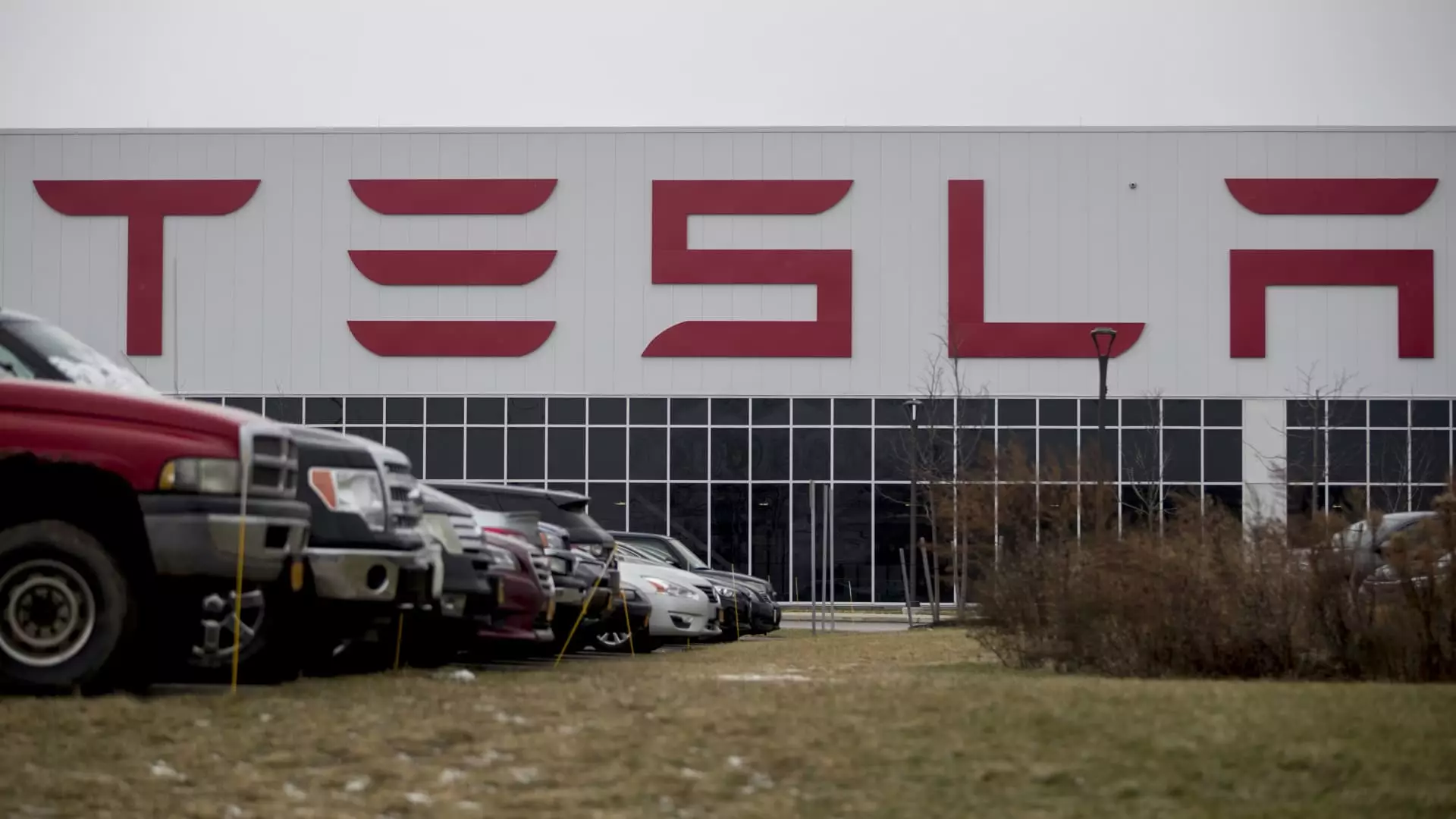Recently, Tesla announced that they would be laying off 285 employees in the state of New York. Most of these employees were part of the workforce at the company’s Buffalo factory, with a smaller number coming from a store and service center in the area. The layoffs are part of a broader restructuring effort by Tesla, which involves reducing more than 10% of its global workforce. This move has raised concerns about the impact on the local economy and the future of the Buffalo factory.
The Buffalo factory was originally acquired by Tesla as part of a $2.6 billion deal to purchase solar installer SolarCity in 2017. This acquisition was controversial, with many critics viewing it as a bailout for a struggling solar business that had close ties to Tesla CEO Elon Musk. Musk had funded and co-founded SolarCity with his cousins, and the company was on the brink of bankruptcy when Tesla took it over.
Despite initial hopes of creating thousands of high-tech jobs and expanding its solar business, Tesla has faced challenges in growing its presence in the solar industry. Solar deployments by Tesla have declined in recent years, with the company reporting its lowest level of solar installations since 2020. Instead of focusing on manufacturing solar panels at the Buffalo factory, Tesla has shifted its efforts towards other projects such as assembling Supercharger equipment and building supercomputer hardware.
Recent reports suggest that Tesla is moving away from its original plan to produce a more affordable electric vehicle and instead focusing on developing robotaxi technology. Elon Musk has stated that the company is “going balls to the wall for autonomy,” indicating a shift in focus towards self-driving technology. This change in strategy raises questions about Tesla’s long-term goals and how it plans to stay competitive in the evolving electric vehicle market.
As Tesla prepares to discuss its first-quarter results with shareholders, there is anticipation about the company’s future plans and strategy. The restructuring efforts, layoffs, and shift in focus towards autonomy have left many stakeholders wondering about the direction Tesla is heading in. Will the company stick to its 2023 “master plan” for global energy economy, or will there be more drastic changes on the horizon?
The layoffs at Tesla’s Buffalo factory signal a significant shake-up within the company and raise questions about its future direction. The challenges faced by Tesla in the solar industry, combined with the shift towards autonomy and restructuring efforts, indicate a period of uncertainty and change for the electric vehicle manufacturer. As Tesla navigates these changes, stakeholders will be closely watching to see how the company adapts to new challenges and continues to innovate in the competitive market.


Leave a Reply